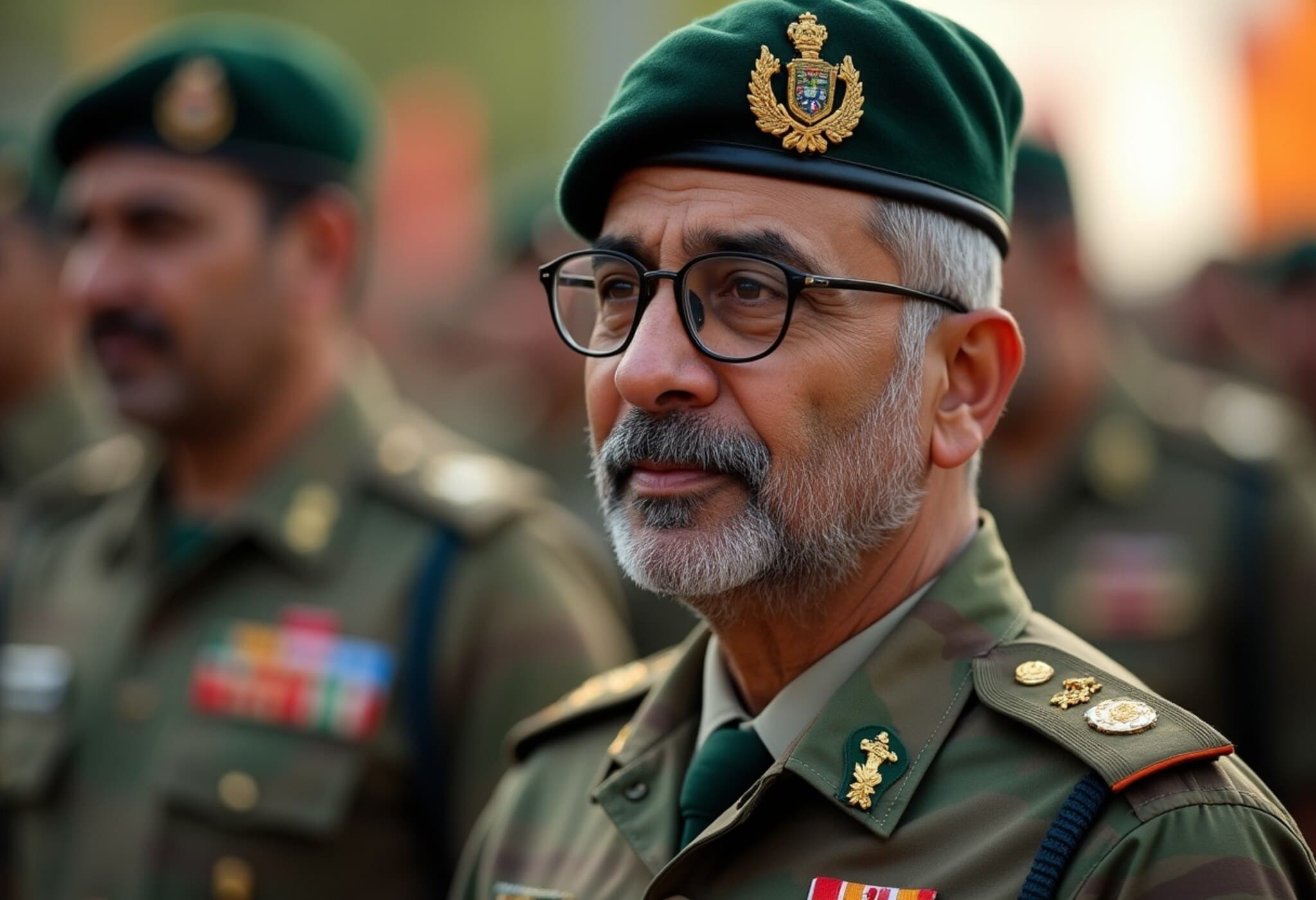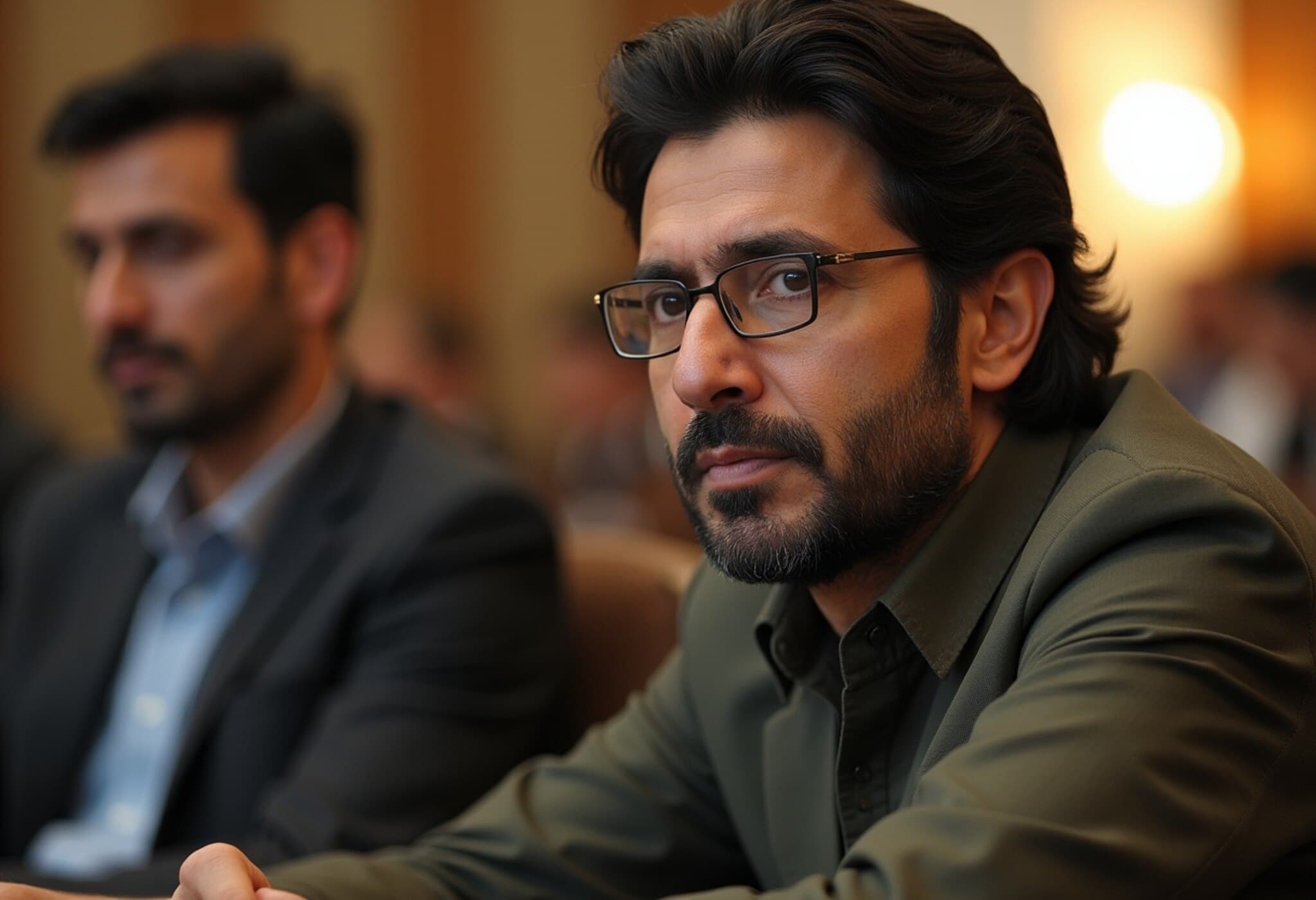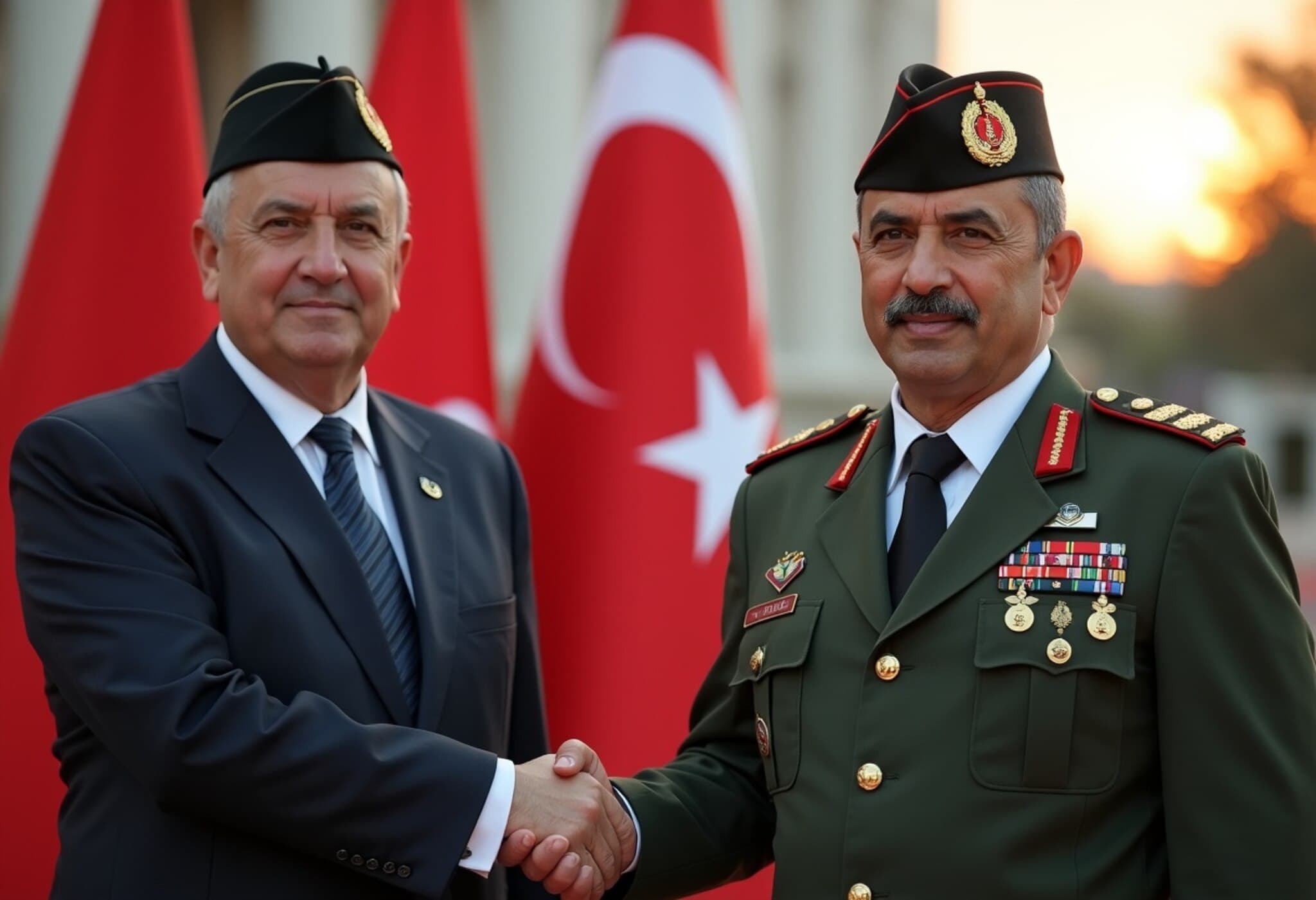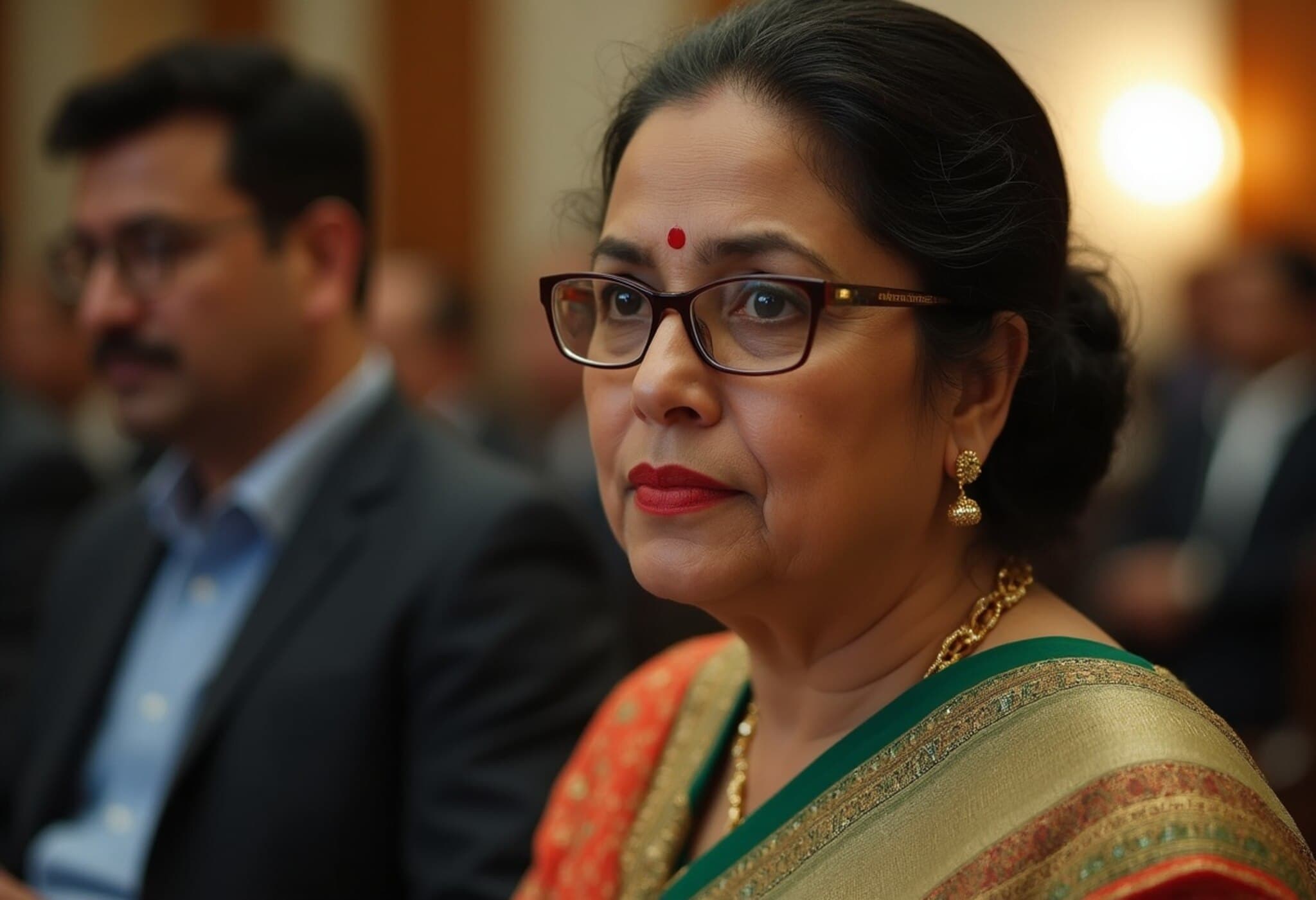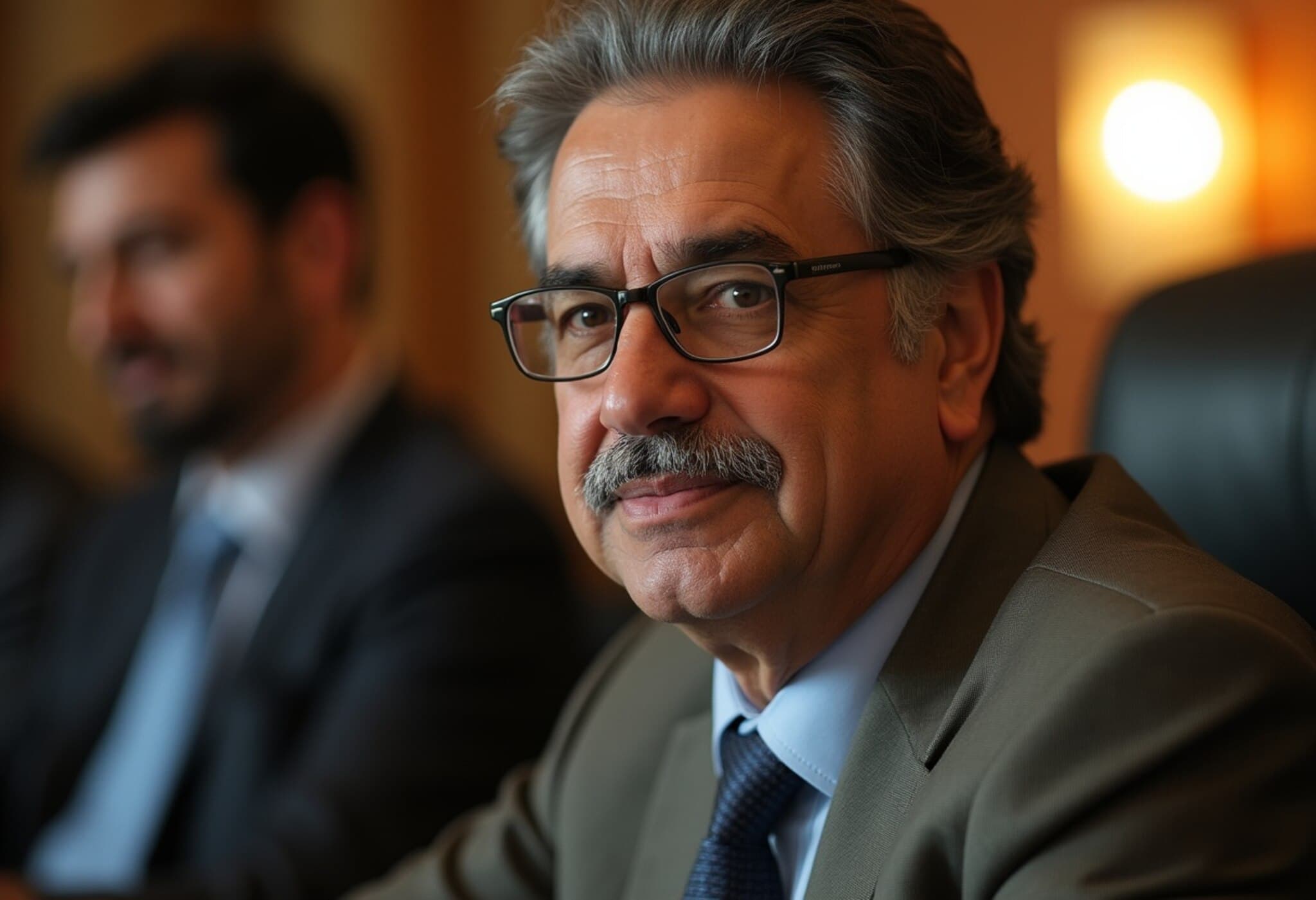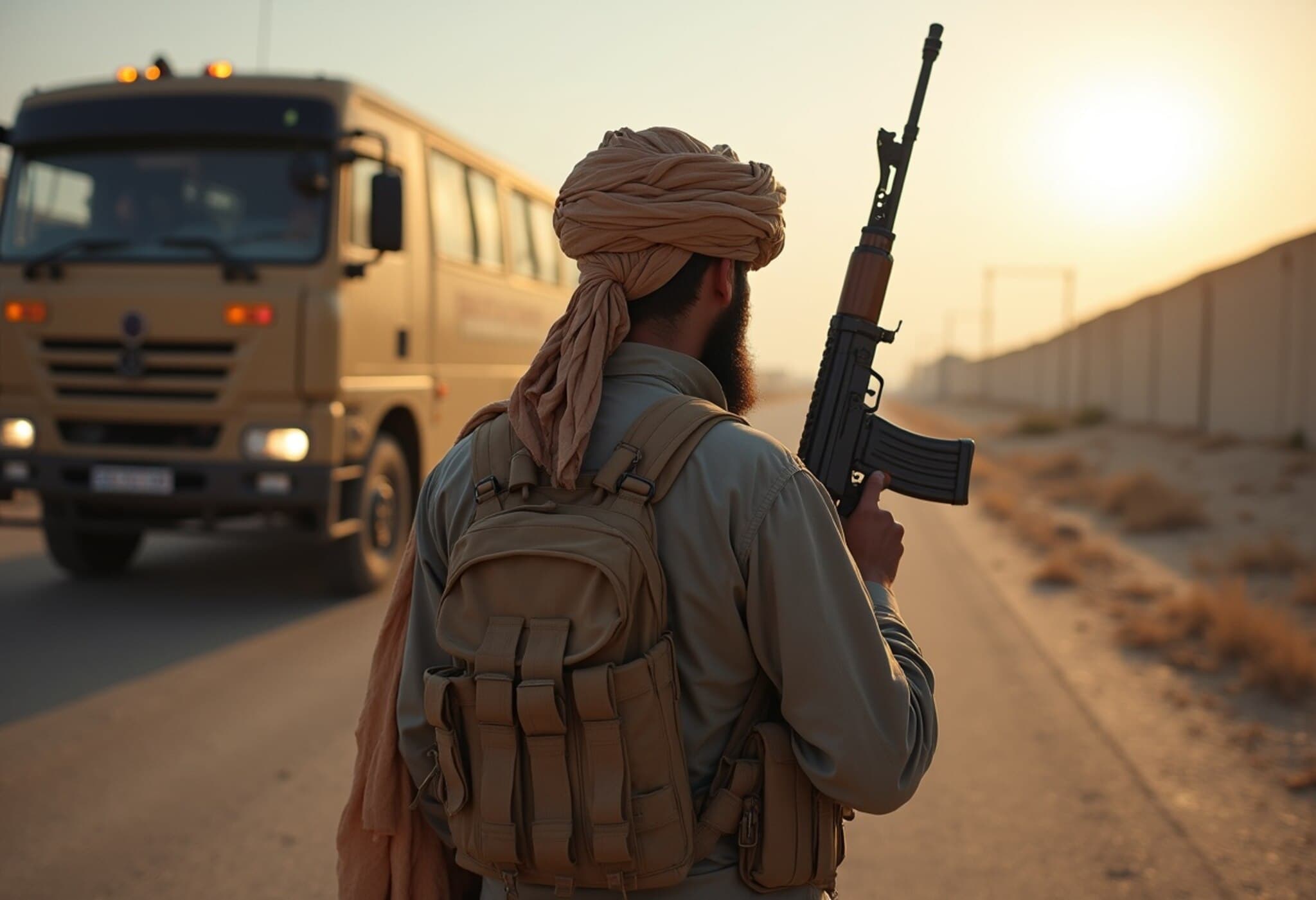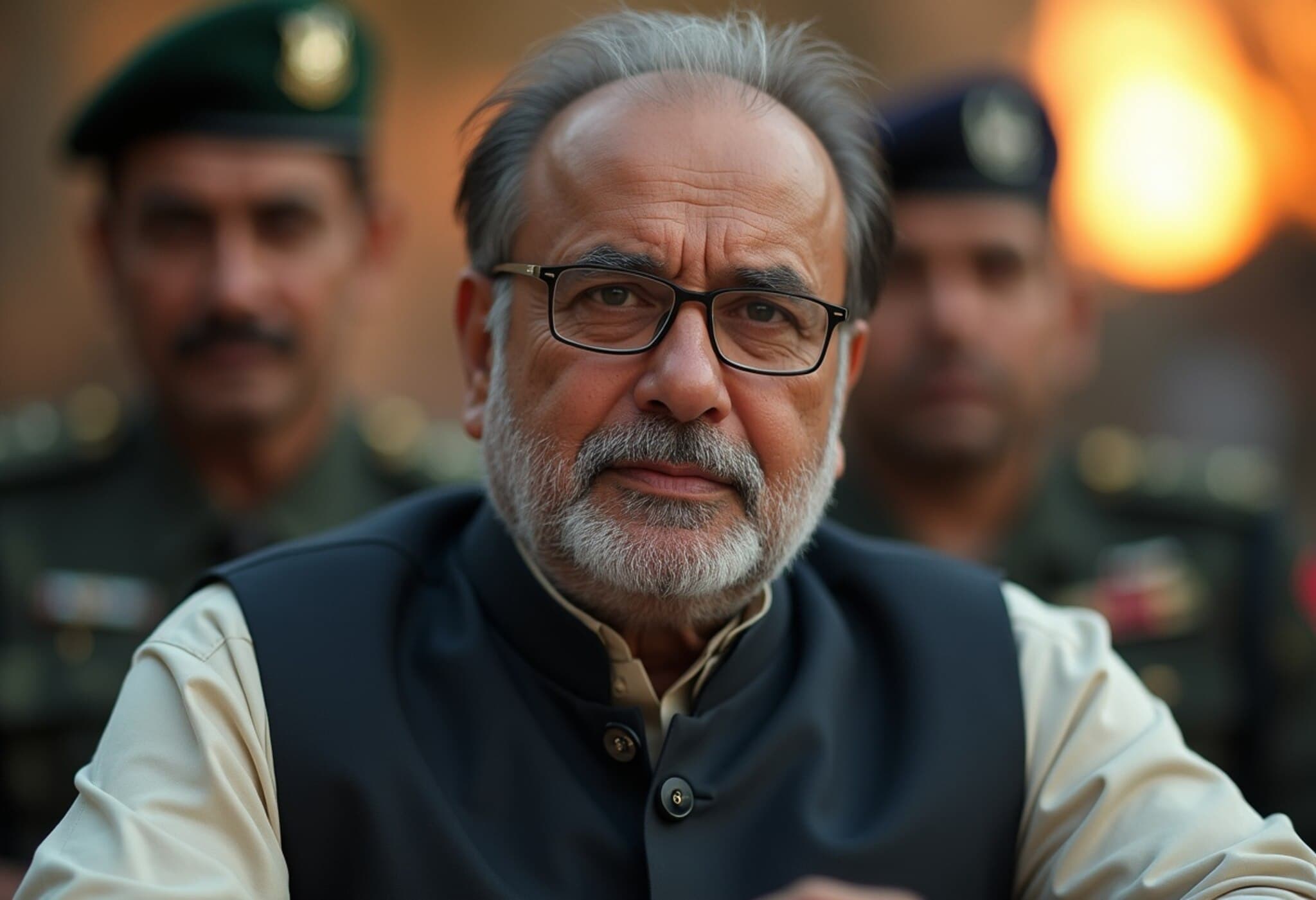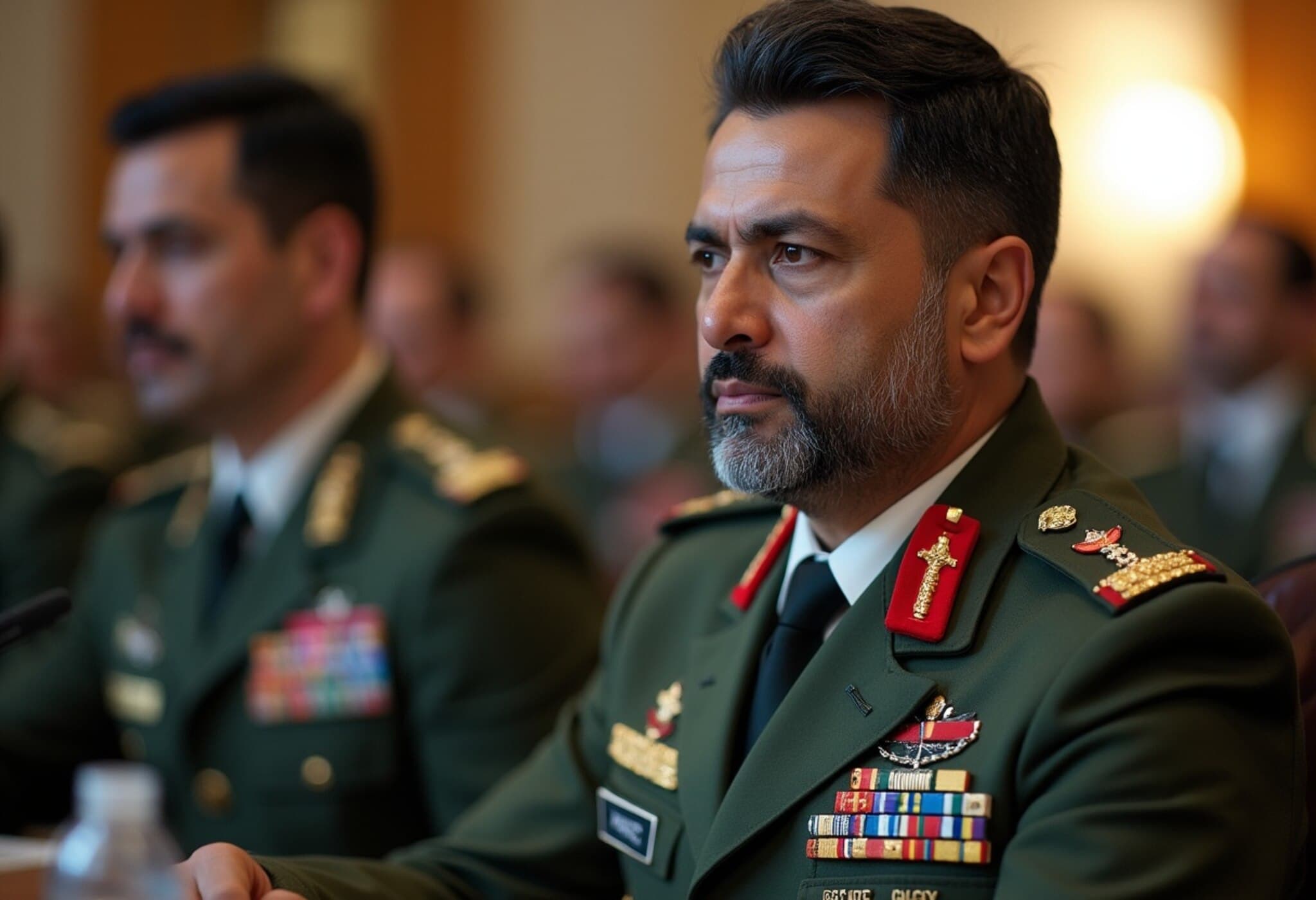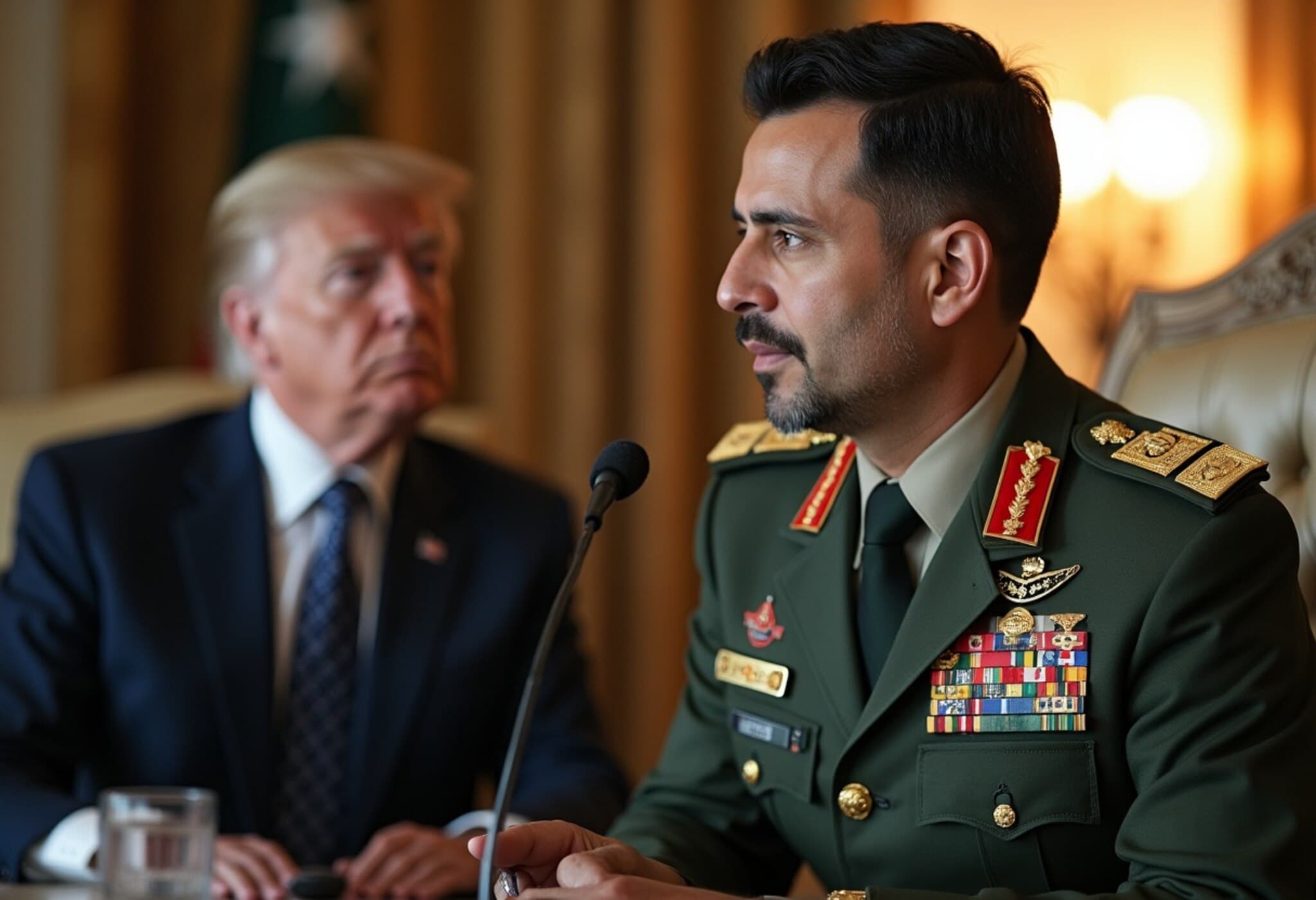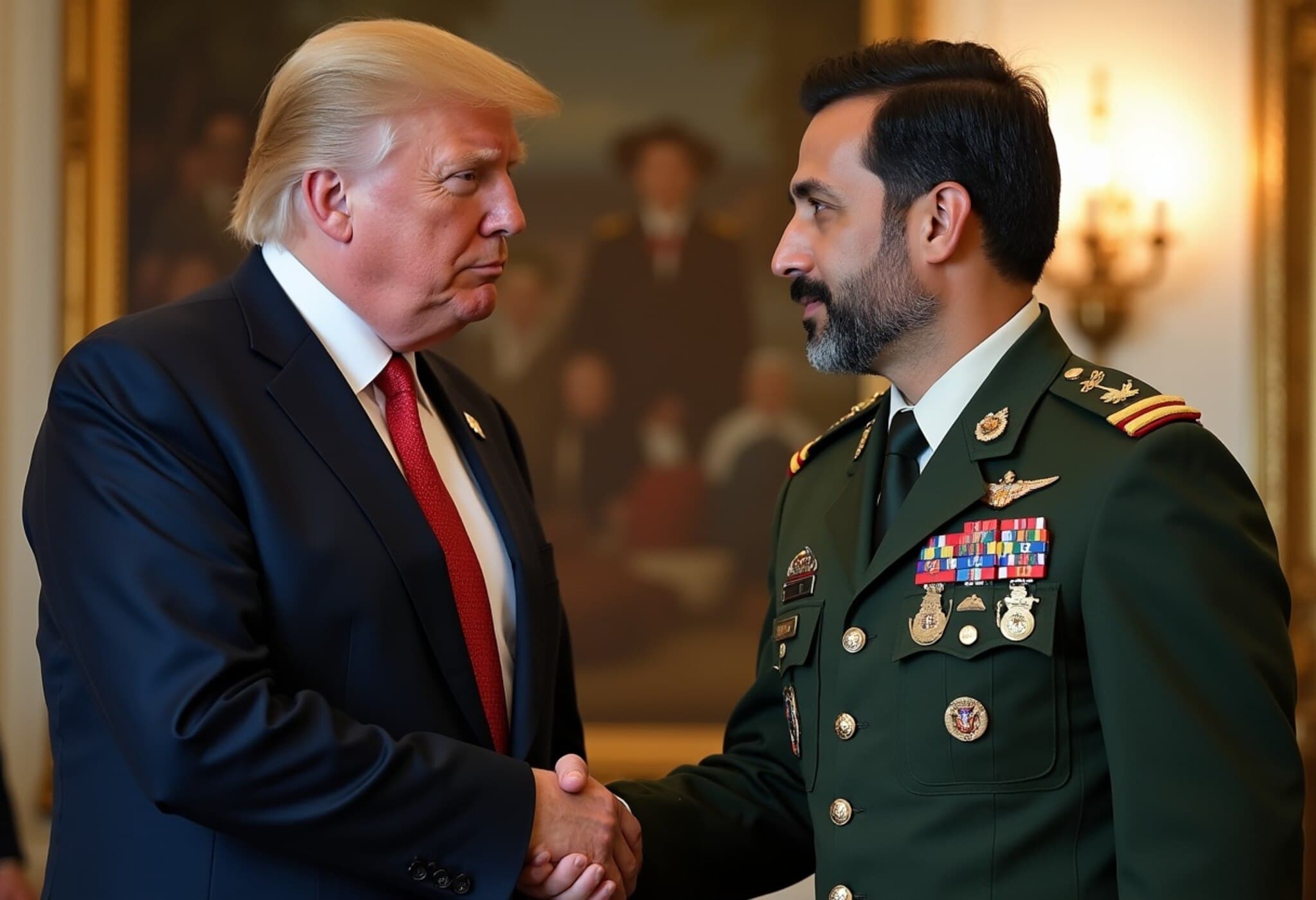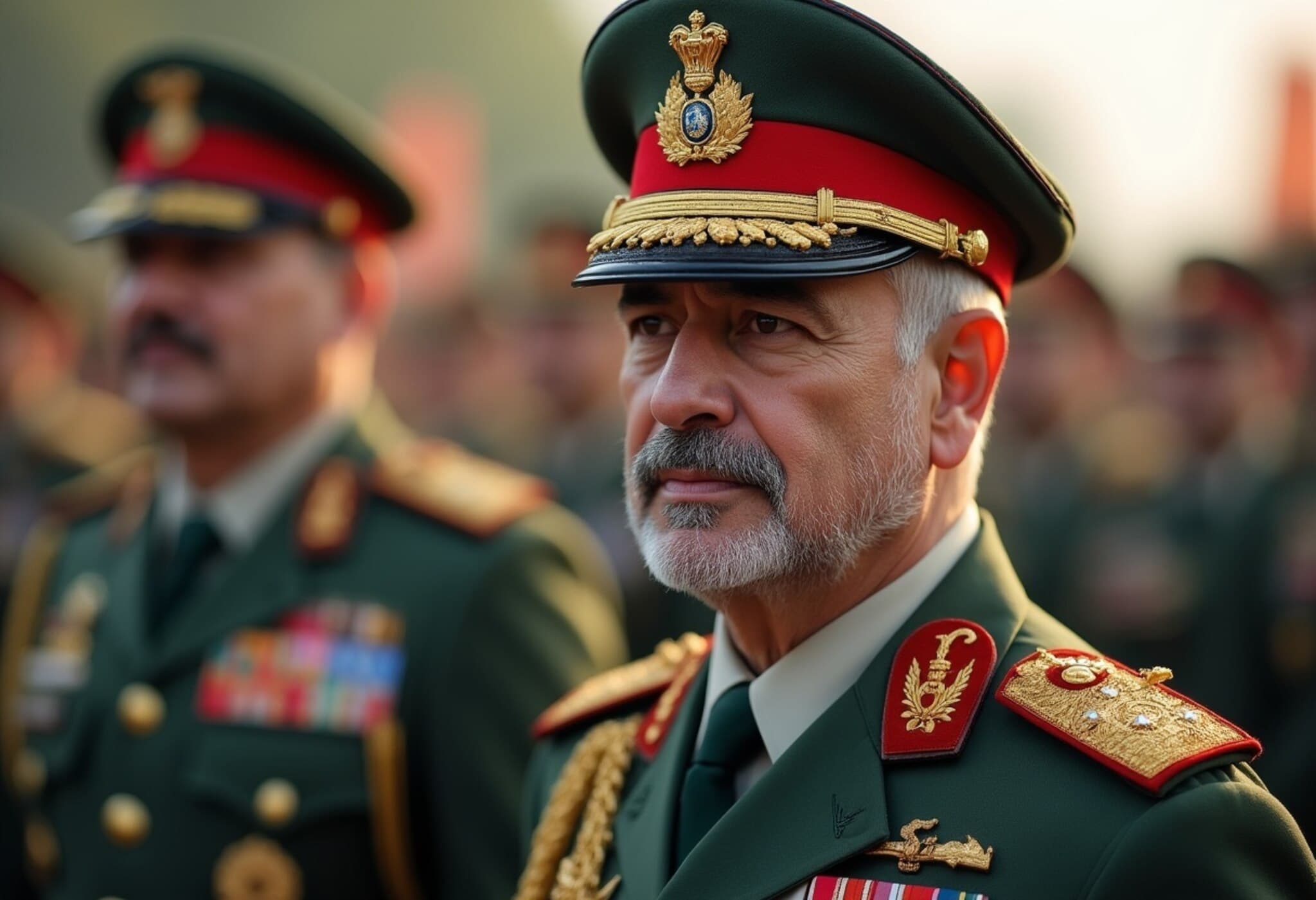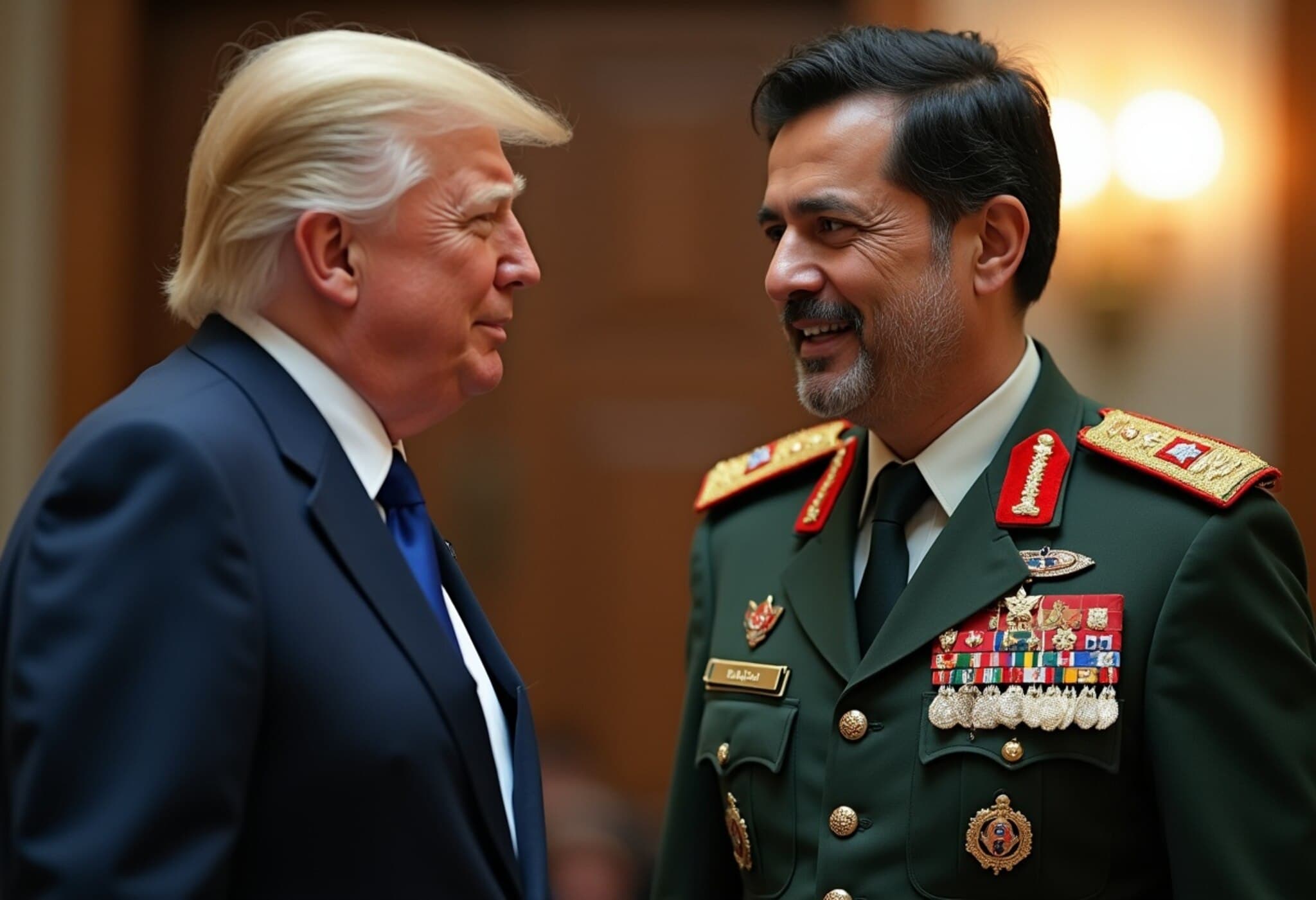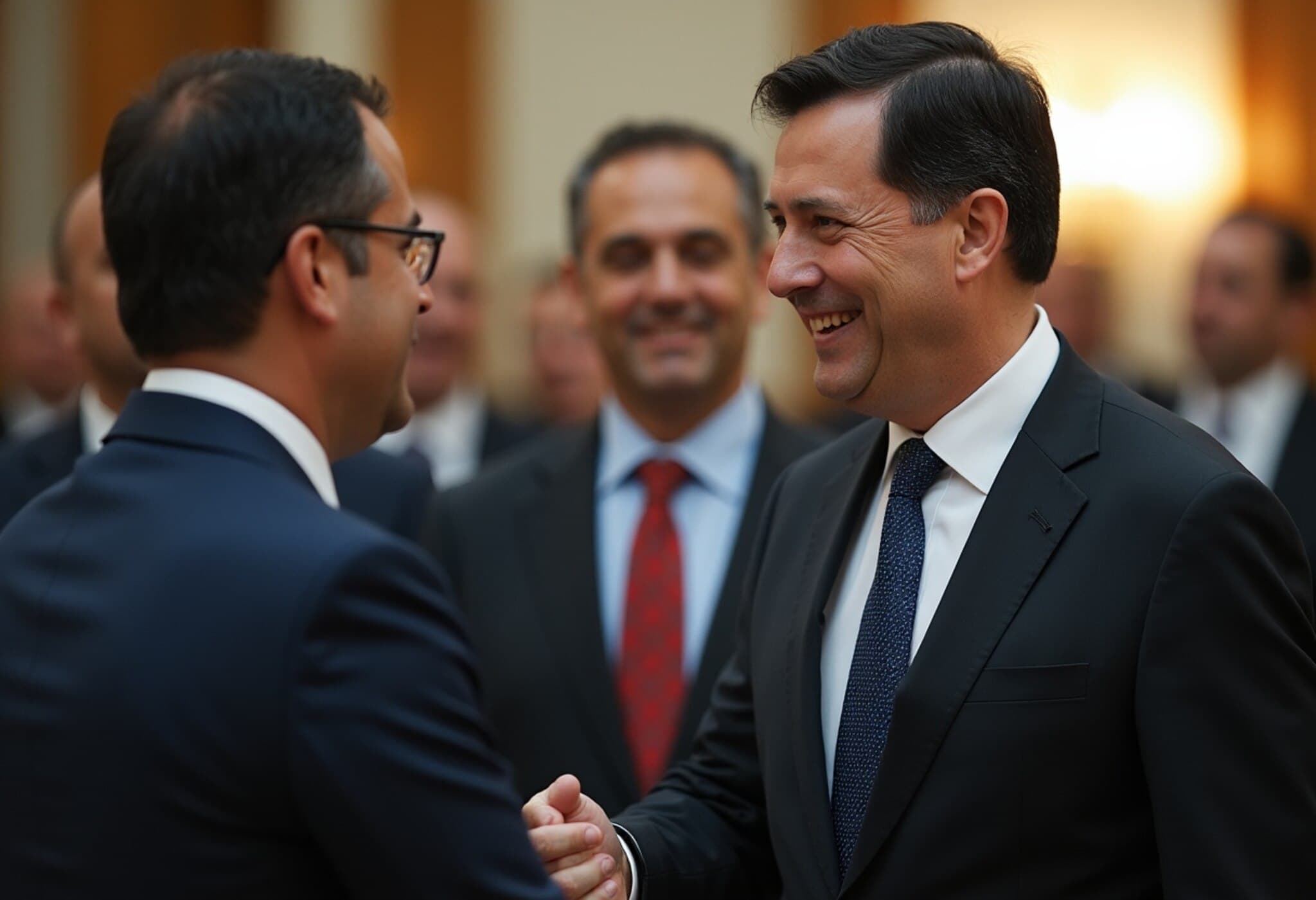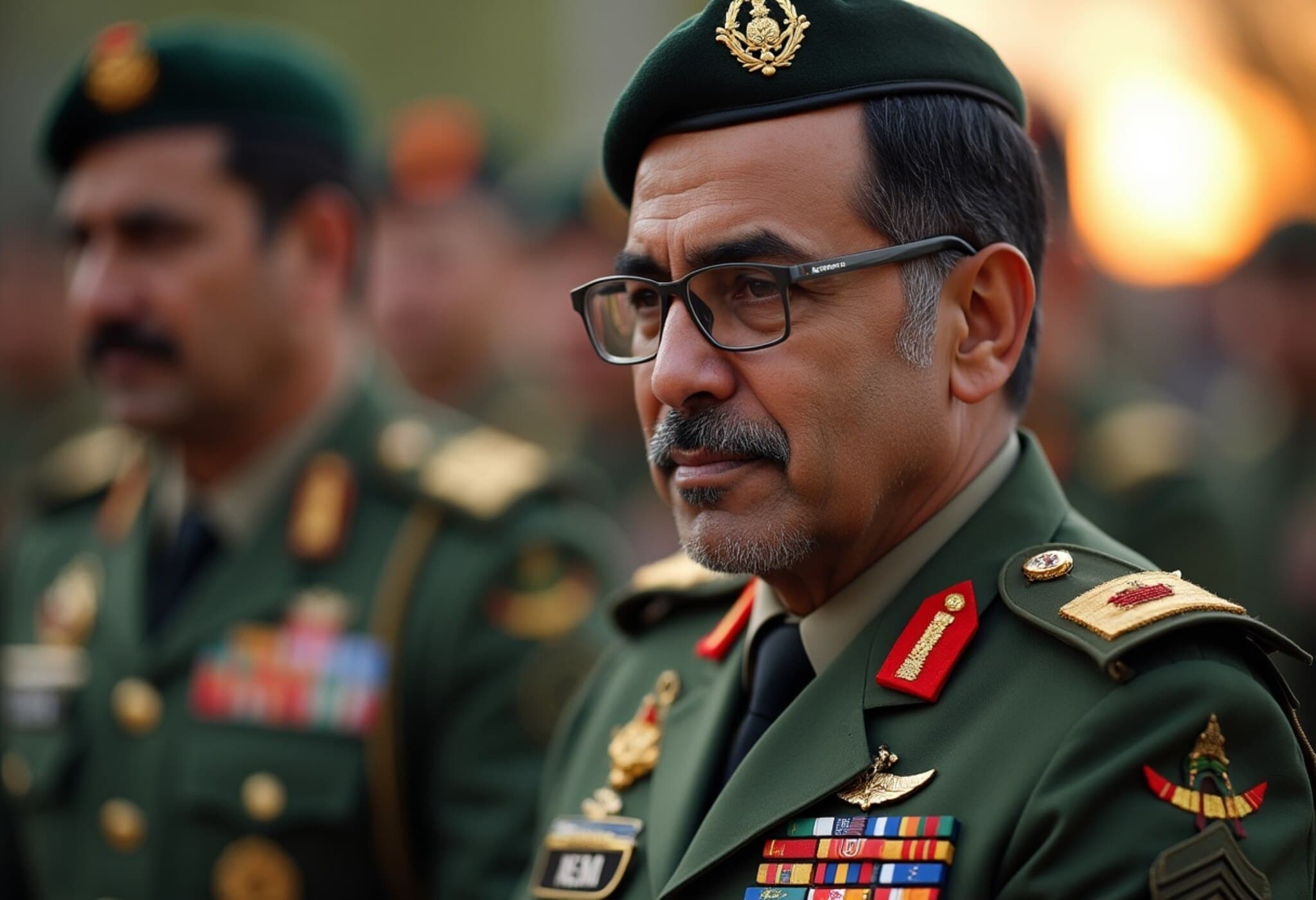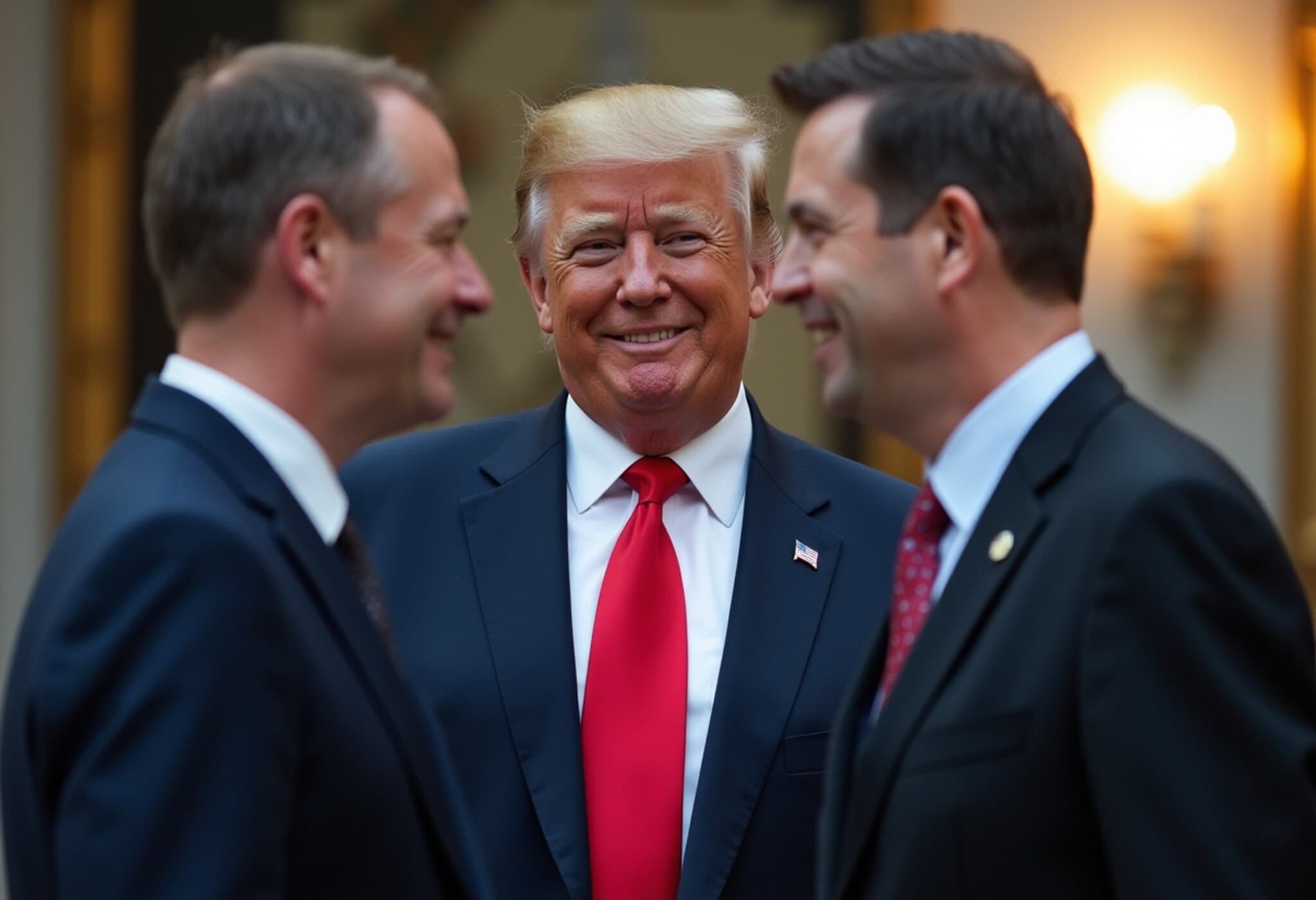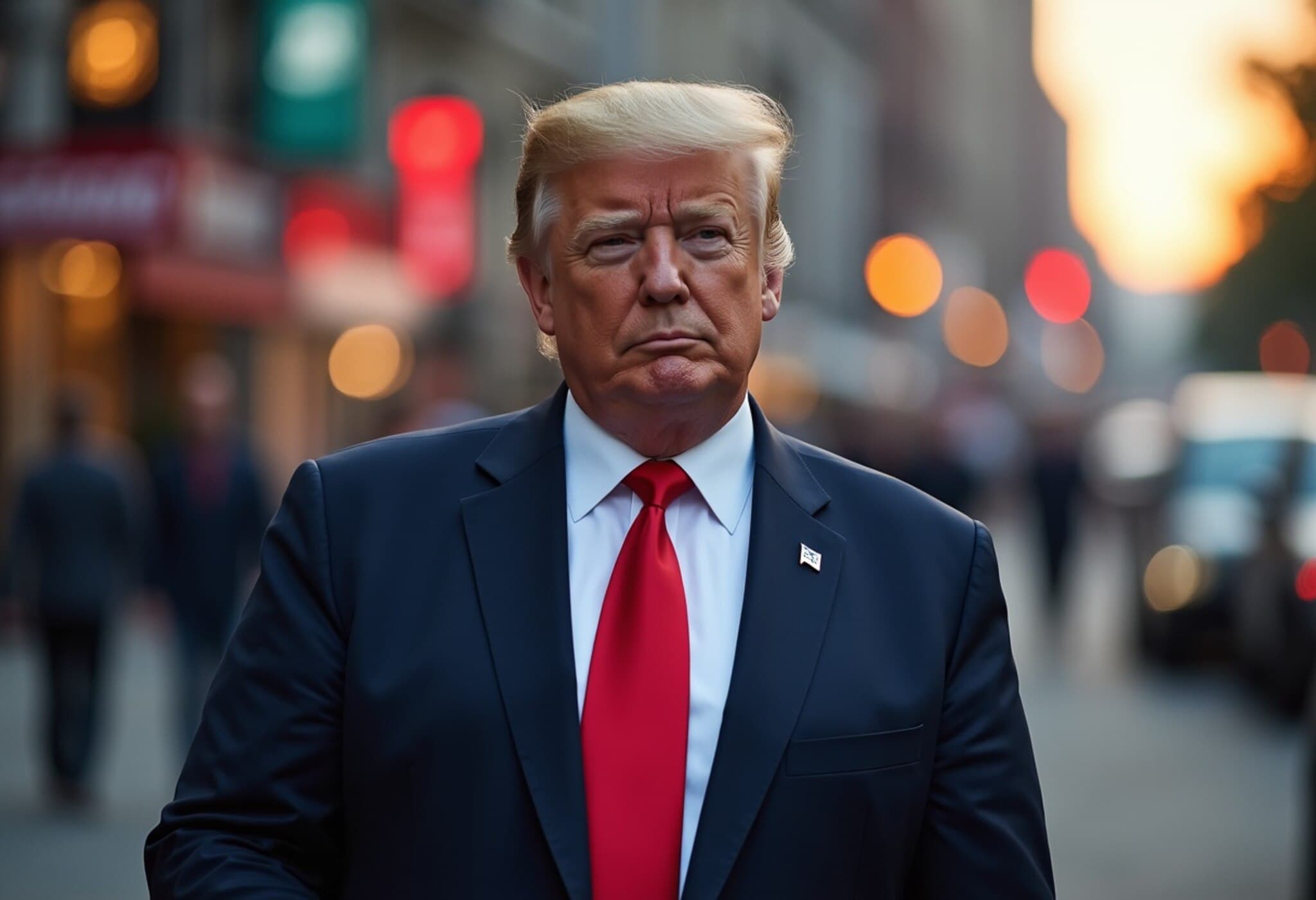Pakistan's Army Chief Asim Munir Plans Second U.S. Visit Amid Geopolitical Shifts
In a development signaling the ongoing complexity of South Asian geopolitics, Pakistan’s Chief of Army Staff, General Asim Munir, is anticipated to make a second trip to the United States within just two months. According to official sources in Islamabad and reports from Dawn, the visit aims to facilitate high-level consultations with American military and political leaders amid an increasingly volatile regional security landscape.
Background: Munir's Previous US Engagement and Regional Tensions
General Munir’s initial visit to Washington, D.C., in June 2025 was marked by a notable White House lunch hosted by then-President Donald Trump — a meeting that underscored Washington’s strategic engagement with Pakistan. This diplomatic gesture occurred against the backdrop of heightened India-Pakistan tensions, particularly following the deadly Pahalgam terror attack in Jammu and Kashmir which claimed 26 lives and was allegedly orchestrated with Pakistani support.
In retaliation, India launched Operation Sindoor, a counterterrorism initiative aimed at deterring future cross-border violence. During this fraught period, Trump claimed credit for helping to negotiate a fragile ceasefire, while also expressing his personal grievances related to the Nobel Peace Prize, stating, “I should have gotten it four or five times. They won't give me a Nobel Peace Prize because they only give it to liberals.”
Strategic Implications: Military Diplomacy and Trade Dynamics
Pakistan’s renewed outreach through General Munir's upcoming visit indicates Islamabad’s desire to reinforce military-to-military ties with the United States. This diplomacy unfolds amid Trump's recent announcement of a trade deal with Pakistan and his offer of American expertise to explore Pakistan's "massive oil reserves." Such cooperation hints at potential economic opportunities that could reshape regional alignments.
However, this engagement contrasts sharply with strains in US-India relations. The Trump administration imposed sweeping tariffs of up to 50% on Indian goods, primarily targeting crude oil imports linked to India’s oil trade with Russia. This move has complicated Washington’s broader Indo-Pacific strategy and raised questions about the future trajectory of US partnerships in South Asia.
Expert Commentary: What Does Munir’s Visit Mean for Regional Stability?
As an expert in South Asian security studies, it is clear that General Munir’s rapid return to Washington underscores Pakistan’s proactive stance in leveraging military diplomacy to influence US policy amid deteriorating regional security conditions. This visit may also be viewed as a strategic balancing act—Pakistan seeking closer ties with the US while navigating its fraught relationship with India.
Furthermore, the intersection of military consultations with emerging economic interests, like energy exploration, suggests Pakistan aims to diversify its engagement with the United States beyond conventional security ties. However, such diplomacy unfolds within a broader context of great power competition and shifting alliances, making the outcomes increasingly unpredictable.
Broader Regional Context and Unanswered Questions
- Will intensified US-Pakistan military cooperation affect India’s security calculations and regional power balance?
- How might US tariff policies on India influence Washington’s long-term strategic goals in the Indo-Pacific?
- Can economic engagements, such as potential oil exploration, serve as a platform for stabilizing bilateral ties between Pakistan and the US?
- What role will emerging diplomatic channels play in managing cross-border terrorism and fostering peace in Kashmir?
These inquiries remain critical as South Asia continues to grapple with complex security and economic challenges.
Editor's Note
General Asim Munir’s imminent return to the United States within such a short span highlights the dynamic and often unpredictable nature of South Asian diplomacy. His visits exemplify Pakistan’s strategic efforts to recalibrate its international partnerships amid heightened India-Pakistan tensions and evolving US foreign policy stances. As global powers navigate competing interests, the impact of these high-level engagements will be closely watched by policymakers and analysts alike — particularly in terms of how they influence regional stability, economic development, and conflict resolution in a nuclear-armed neighborhood.
For readers seeking to understand the subtle interplay between military diplomacy and trade maneuvers, this unfolding story offers a compelling window into the realpolitik shaping one of the world's most volatile regions.

